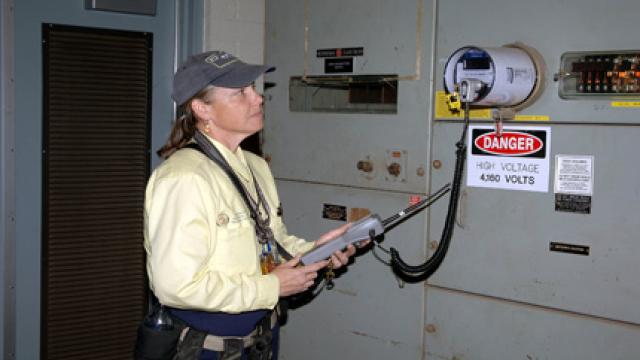How to Read Your Meter
The demand of customers for electricity and water helps the LADWP estimate future requirements for supply and helps customers maintain a monthly record of their consumption. Monitoring consumption recorded by these meters allows customers to identify fluctuations in their usage and determine appropriate measures to achieve savings.
Electric Meter
Charges for the amount of electricity consumed are based on the number of units of in kilowatt hours, and/or kilowatt demand, and/or kilovolt amps reactive hours. An example of a kilowatt hour: You have a 100 watt light fixture on for 10 hours which will consume 1,000 watts, which equals 1 kilowatt hour. Electric meters record consumption. How you read the meter will depend on the type of meter you have.
Water Meter
Charges for the amount of water consumed are based on the number of units of 100 cubic feet (748 gallons) you use during a billing period. The meters measure water in cubic feet (one cubic foot equals about 7.5 gallons). Water meters record the amount of water that flows through the meter. How you read the meter will depend on the type of meter you have.
